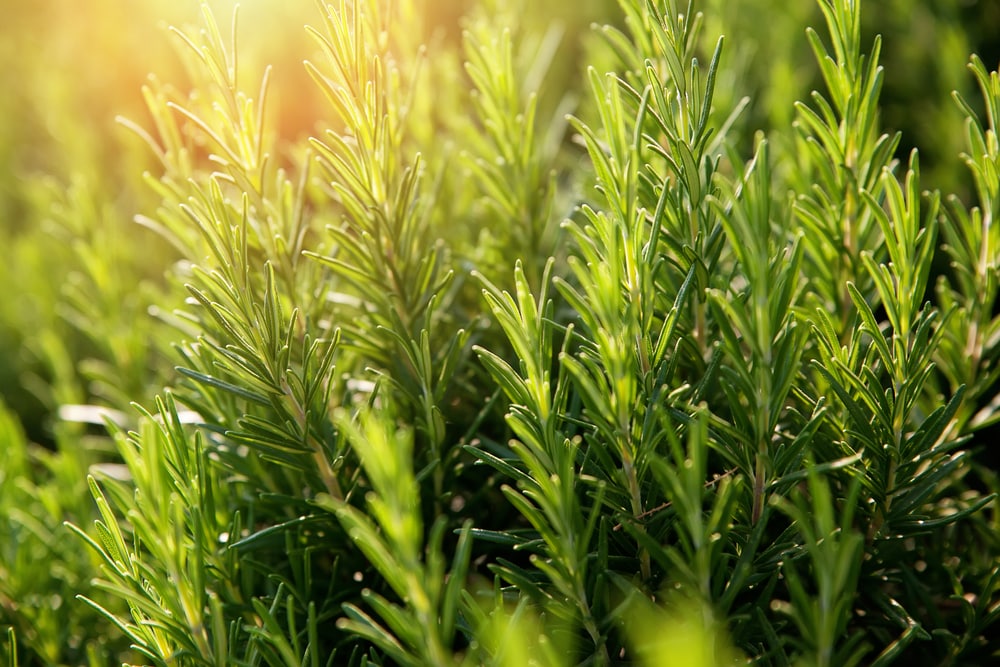
Instead of trying to geminate Rosemary yourself, it is best if you can buy a cutting or a pot from your local nursery. That way, you won’t have to go through the hassle of starting the plant yourself. Rosemary works best outdoors, where it has access to direct sunlight. You can leave it outdoors without worrying about excessive exposure to the sun. Along with that, make sure to manage the water supply, and you should have good produce at the end of the cycle.
Recently several gardeners have brought up this question “Why Is My Rosemary Turning Brown?” If you’re having similar issues with your Rosemary, we will help you with a list of reasons why your Rosemary might behave like this.
Why Is Rosemary Turning Brown?
- Overwatering and Root Rot Issues
Overwatering is the primary reason why your rosemary plant might be turning brown. Even though these plants are low maintenance, overwatering can create several issues for your Rosemary. So, if your Rosemary is turning brown, there are likely root rot issues due to overwatering.
When you provide excessive water to the pot, the water stays in the soil and fills up pores while pushing the oxygen out. The roots begin to rot when there is no oxygen left in the soil. To fix this problem, you will need to cut back on the water supply and ensure that the water is not collecting at the bottom of the pot.
If the water keeps collecting, you won’t get this plant to grow in your garden. So, just cut back on the water supply, and if the situation is not difficult, the plant has good chances of surviving. However, if the root rot is beyond certain limits, the plant will probably die after a few days.
- Soil Issues
If the potting mixture or soil you’re using does not drain the water properly, you will run into a similar problem. While choosing the soil mixture, you should be looking for sufficient moisture retention pores inside the mixture. However, if the soil mixture does not drain well, then the water will keep collecting in one place. This issue will slowly suffocate the plant causing your Rosemary to turn brown.
You can visit a local nursery to get a premade potting mixture and use that for your rosemary plants. The experts at the gardening store will guide you on what type of soil mixture you should be buying for your Rosemary. Until then, you should limit the amount of water you provide to the plant and ensure that it is getting sufficient sunlight.
If the plant is sitting in a shaded area, you will need to move it somewhere with sufficient light to avoid further problems. The rosemary plant thrives in full sun, so you shouldn’t be worried about putting in direct sunlight. It is perfect for outdoor gardening, and if you’re having browning issues, then maybe it’s time to relocate the plant.
- Environmental Conditions
Unlike other plants, Rosemary prefers dry and sunny conditions. If your garden does not fit this description, then that is likely why you’re having issues with the plant. If there are excessive rainfalls in your region and you can’t manage the humidity levels, you should move the rosemary plant to a new location. The shock from displacement might affect the plant at first, but it will be better in the long run.
The water from rain can also fill up the potting mixture and suffocate the plant roots. So, to avoid root rot and browning of Rosemary, you should put your plant in a place where rainwater can’t reach it. If you have a dehumidifier available at home, it can be used by gardeners to manage the humidity levels in your garden. The rosemary plant will significantly benefit from bringing down the humidity levels, and you won’t have to worry about it turning brown again.
These were a few reasons why your rosemary plant might be turning brown, and you can easily manage the plant by moving it to a new location. Most of the time, the issues are related to the water supply and environmental conditions. As long as you take care of these things, the rosemary plants are not that hard to manage.
